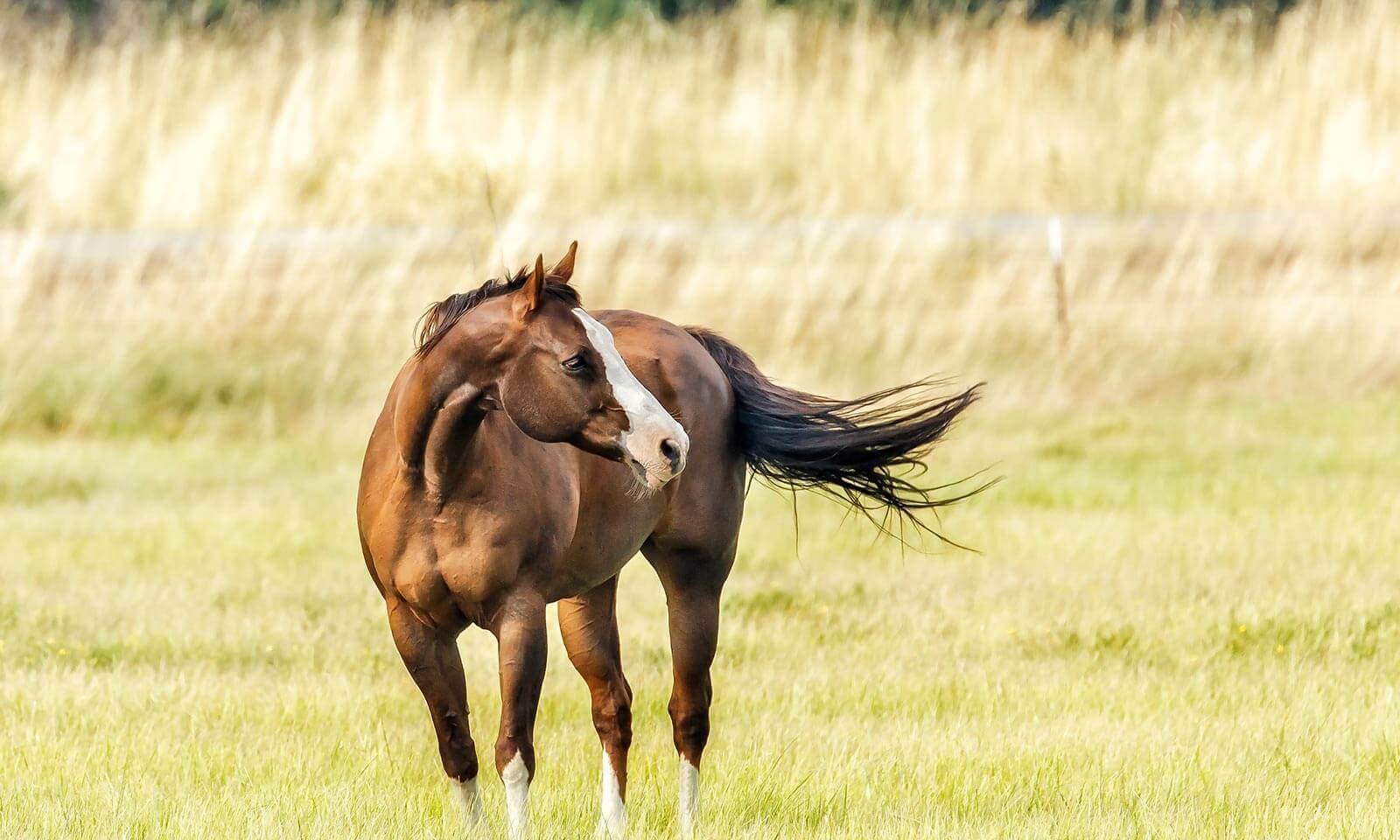News and Events
Supporting Bone and Joint Health in the Equine Athlete
Healthy bones and joints are critical to keeping equine athletes comfortable and performing at their best. Whether your horse is competing at a high level or maintaining a moderate workload, proactive joint care can dramatically reduce the risk of chronic inflammation, cartilage wear, and long-term degenerative changes. As equine veterinarians, we emphasize early recognition of joint discomfort and the use of targeted therapies to protect long-term soundness. In this article, we’ll walk through the options available for diagnostics and treatment, how they work, and when they may be appropriate for your horse.
Why Bone and Joint Health Matters
Every stride places significant force on your horse’s joints, ligaments, and cartilage. Over time, repetitive stress can cause inflammation within the joint (synovitis), degenerative changes to cartilage, or discomfort that may lead to compensatory movement patterns.
Early and appropriate joint care supports:
- Reduced inflammation
- Protection of cartilage
- Improved mobility and performance
- Slower progression of degenerative joint disease
Early Signs of Joint Discomfort
Many horses show subtle indicators of joint pain long before an obvious lameness appears. Common early signs include:
- Changes in Performance
- Stiffness early in the ride
- Reduced ability to bend, collect, or perform laterals
- Shortened stride or reluctance to track up
- Difficulty with lead changes or jumping exercises
- Behavioral Changes
- Irritability when being groomed or tacked
- Tail swishing, ear pinning, or reluctance to go forward
- Sensitivity with farrier work
- Physical Indicators
- Mild heat or fluid in joints
- Uneven muscling from compensation
- Changes in hoof wear or altered posture
Diagnostic Imaging: Identifying the Source of Joint Pain
Before selecting a treatment plan, it’s important to understand exactly where the discomfort is coming from and what is causing it. Diagnostic imaging helps pinpoint joint inflammation, cartilage wear, or bony changes that may not be detectable on physical exam alone. Radiography, ultrasonography, and nuclear scintigraphy are three diagnostic modalities offered through our clinic.
- Radiography (X-rays)
X-rays are one of the most common tools for evaluating bone and joint health.
What X-rays show:
- Bone remodeling or arthritic changes
- Osteochondral fragments (“chips”)
- Joint space narrowing
- Cystic lesions
Why it matters:
X-rays help determine whether inflammation is due to soft-tissue strain, chronic bone change, or early degenerative disease. This is key information when choosing the right injection type.
- Ultrasound
Ultrasound provides detailed imaging of soft tissues in and around joints.
What ultrasound shows:
- Synovitis (inflammation of the joint lining)
- Thickened joint capsules
- Cartilage surface irregularities (where accessible)
- Surrounding tendon or ligament involvement
Why it matters:
Ultrasound allows us to evaluate inflammation patterns and soft tissue structures that X-rays cannot visualize. This helps guide both treatment decisions and prognosis.
- Nuclear Scintigraphy (Bone Scan)
Nuclear scintigraphy is especially useful for complex or difficult-to-localize lameness.
What bone scans show:
- Areas of increased bone turnover (“hot spots”)
- Stress injuries
- Multifocal or subtle sources of pain
- Issues in areas that cannot be imaged well with X-ray or ultrasound
Why it matters:
Bone scans often identify problems that remain hidden on standard imaging, allowing for targeted treatment and reducing unnecessary or ineffective interventions.
Joint Injection Therapies: Understanding Your Options
Joint injections remain one of the most effective ways to reduce inflammation and promote comfort in equine athletes. Today, veterinarians have multiple therapeutic categories to choose from, each with specific benefits depending on the horse’s age, discipline, and the nature of the joint issue.
- Corticosteroid Joint Injections
Corticosteroids (steroids) suppress inflammation within the joint and remain a cornerstone therapy for equine athletes.
How they work
They reduce synovitis quickly and effectively, often restoring comfort within days.
Benefits
- Rapid improvement
- Cost-effective
- Useful for early osteoarthritis and inflammation-driven discomfort
Often paired with:
Hyaluronic acid (HA) to improve joint lubrication and reduce friction.
- Orthobiologic Joint Therapies
Orthobiologics rely on the horse’s own healing mechanisms to support joint health and repair.
Common options:
- PRP (Platelet-Rich Plasma): Growth-factor rich, ideal for inflammation and early cartilage wear.
- Pro-Stride® / APS: Anti-inflammatory proteins that provide longer, steroid-free relief.
- Stem cells: Support repair and regeneration, often used for more advanced joint disease.
Benefits
- Natural, regenerative support
- Longer duration of action in many cases
- Lower risk of adverse effects with repeated use
- Polyacrylamide Gel (PAAG)
PAAG is a synthetic hydrogel that integrates with the joint lining to provide long-term cushioning and stability.
Best for:
- Chronic, recurring arthritic pain
- Horses needing long-lasting, maintenance-friendly relief
Benefits
- Long duration (12–24 months)
- Doesn’t suppress natural healing responses
- Reduces friction and joint capsule irritation
Choosing the Right Joint Injection
Every horse and every joint requires a tailored plan. The choice depends on:
- The underlying diagnosis from imaging
- The severity and chronicity of disease
- The horse’s age, workload, and discipline
- Owner goals and long-term management needs
In many cases, combining imaging-based diagnosis with targeted joint therapy provides the best outcomes.
Final Thoughts
Supporting joint health is one of the most important steps you can take to maintain your horse’s performance, comfort, and longevity. With modern diagnostic tools and a wide range of joint therapies, today’s equine athletes have more options than ever.
If you’d like to discuss which diagnostic imaging approach or joint therapy is best for your horse, contact us today to schedule an evaluation!

